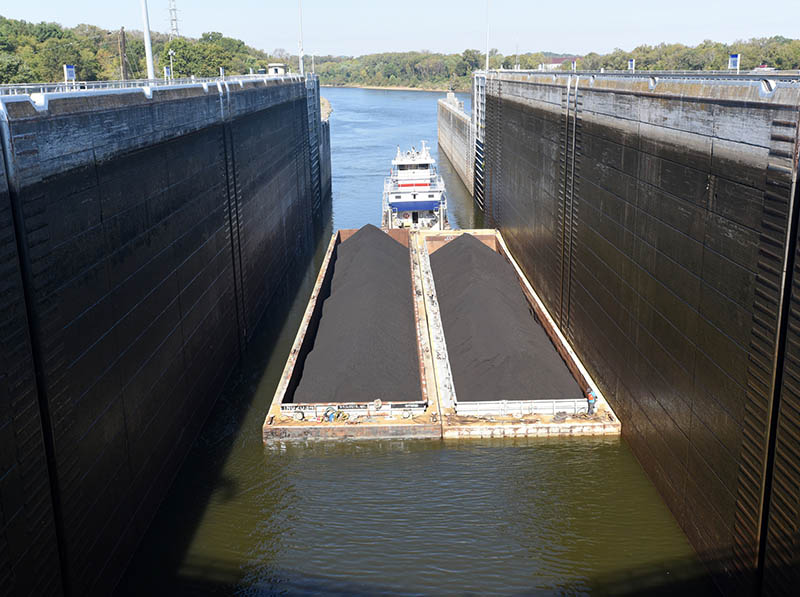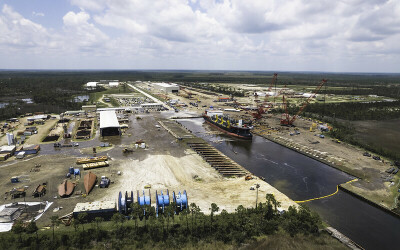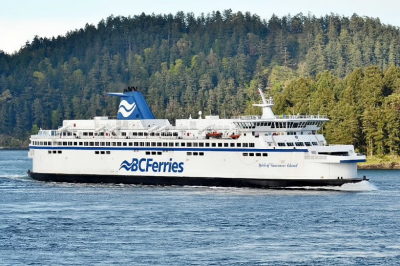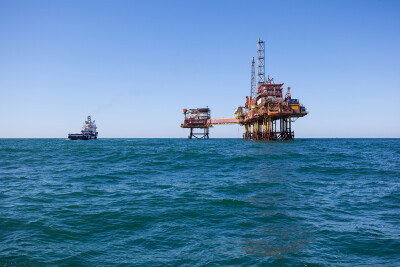The domestic coal industry bust has been well documented. Recently released 2016 annual financial reports for the two eastern coal railroads, Norfolk Southern (NS) and CSX, provide the details surrounding the substantial 35% reduction in coal traffic since 2014. If public reports were available for coal sector barge lines the results would likely be very similar.
So I was attracted to a recent report that NS is hauling Illinois Basin coal from Princeton, Ind., for export through its Lamberts Point terminal in Norfolk, Va., because this is the first large-scale movement of this coal through that port facility. Traditionally, the Lamberts Point coal terminal is used for exports of metallurgical coal grades for steel producers as opposed to steam coal for utility boilers.
The rail distance between Princeton and Norfolk is about 950 miles. Appalachian steam coal usually isn’t moved that far by rail for export. However, Illinois Basin coal is moved a similar distance to domestic power plants in Alabama and Georgia. This appears to be a new domestic export market for NS.
Princeton is readily accessible to the Ohio River, and barge lines regularly move Illinois Basin coal to New Orleans for export. This represents a river distance of about 1,050 miles. New Orleans is a major market for midstream transfer of coal exports from barge to dry bulk freighter. However, the New Orleans midstream coal export market nearly dried up after peaking at about 20 million tons in 2012 (another 20 million tons was handled by shore side terminals).
Recently, there has been a surge of interest in Illinois Basin coal exports via New Orleans. Midstream operations that have had little to no coal transfer volume are now reporting possible volumes in 2017 upwards of several million tons.
The big unanswered question is how long this rail movement of “barge coal” will last as well as the barge counterparts? No one is publicly expecting this to be a long-term market that will come and go, like other commodity boom and bust cycles.
Fortunately, both rail and barge have plenty of coal-related equipment sitting around with few options for other uses, so longevity of this market is not a major concern.





